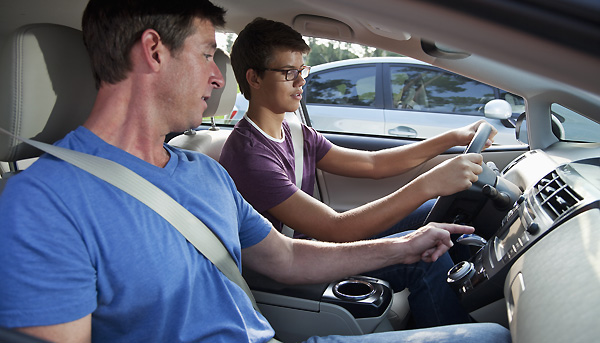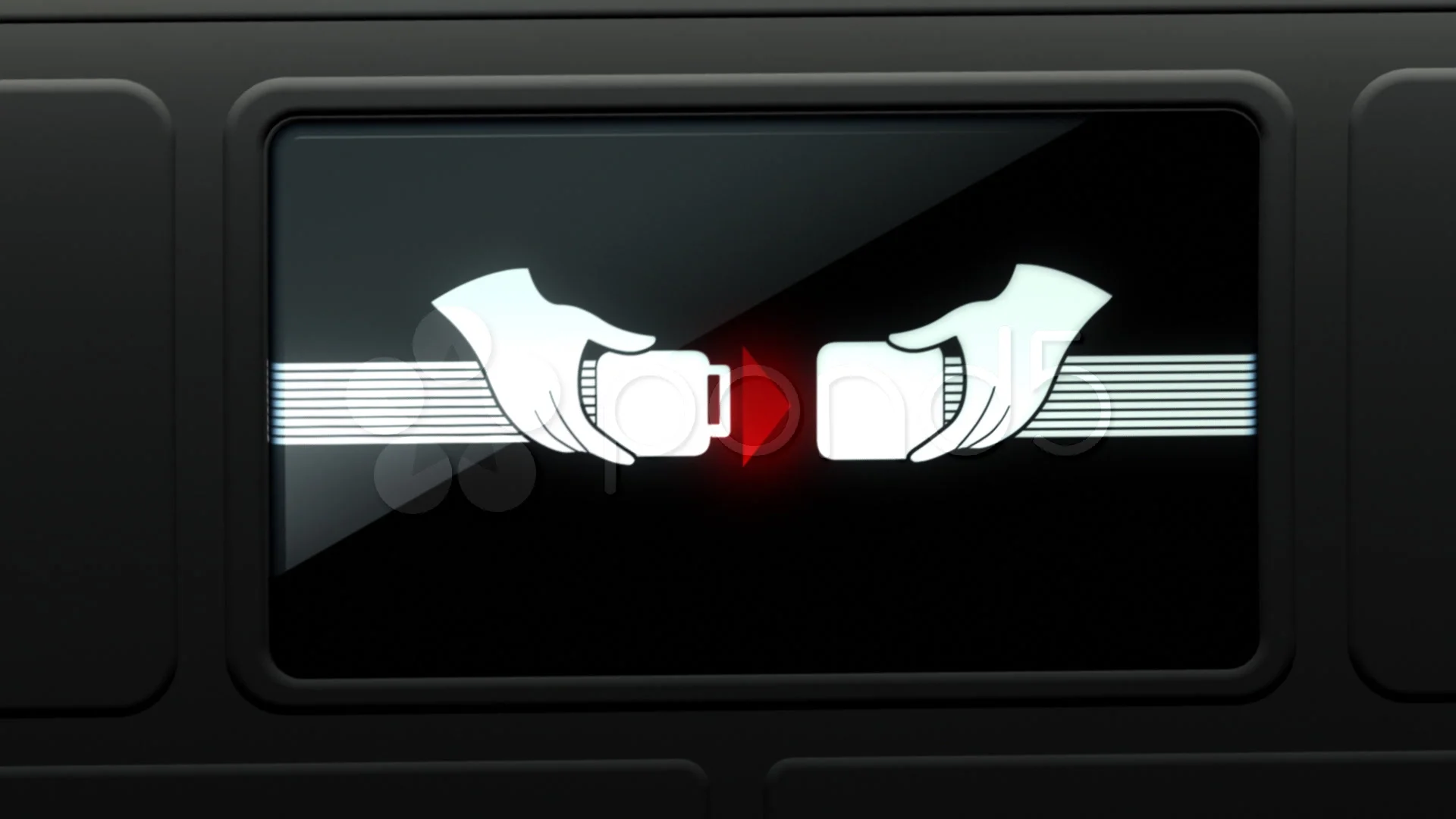
An accident, also known as an unintentional injury, is an undesirable, incidental, and unplanned
event that could have been prevented had circumstances leading up to the accident been recognized, and acted upon, prior to its
occurrence. Most scientists who study unintentional injury avoid using the term
"accident" and focus on factors that increase risk of severe injury
and that reduce injury incidence and severity (Robertson, 2015).
Preventing accidents is easy when you know what to do.
Sometimes it's the
obvious things that can have the largest impact. You know the statistics,
you've taken the classes and you're ready to drive. But what about all those facts
that say teen drivers are most likely to have an accident?
If you follow these
common sense steps, you will be taking the most important steps to ensuring you
avoid an accident.
- Develop the right attitude about driving.
 Many teen auto accidents are a result of attitude
and maturity, not skills or knowledge. Make a commitment to yourself to
practice a responsible attitude about driving. You're controlling over
3,000 pounds of fast-moving metal, and you owe it to yourself, your
passengers and other drivers to drive responsibly.
Many teen auto accidents are a result of attitude
and maturity, not skills or knowledge. Make a commitment to yourself to
practice a responsible attitude about driving. You're controlling over
3,000 pounds of fast-moving metal, and you owe it to yourself, your
passengers and other drivers to drive responsibly. - Get as much supervised practice driving as possible.
 Your parents should take an active role in your
practice driving. Make a firm schedule with them and stick to it. And keep
it up until you take your test to get a license.
Your parents should take an active role in your
practice driving. Make a firm schedule with them and stick to it. And keep
it up until you take your test to get a license.
Many states now have graduated licensing laws. To learn about the laws in your state visit the Insurance Institute for Highway Safety. - ALWAYS wear your safety belt.
 Get into the habit of wearing a safety belt
whenever you are in a car, whether as a driver or a passenger - no
exceptions.
Get into the habit of wearing a safety belt
whenever you are in a car, whether as a driver or a passenger - no
exceptions. - Underage drinking and drug use is illegal.
 Even if you've consumed only one drink or smoked
one joint, there is a chemical effect on your brain that can impair
judgment and reaction time. Driving under the influence of alcohol,
marijuana or other drugs can cost you your license - or your life. Visit Above the Influence for more facts
on drug use.
Even if you've consumed only one drink or smoked
one joint, there is a chemical effect on your brain that can impair
judgment and reaction time. Driving under the influence of alcohol,
marijuana or other drugs can cost you your license - or your life. Visit Above the Influence for more facts
on drug use. - Limit your passengers.
 The risk of a fatal crash increases with every
additional passenger. When you're a new driver, it is best to limit your
number of passengers.
The risk of a fatal crash increases with every
additional passenger. When you're a new driver, it is best to limit your
number of passengers. - Limit your night driving.
 The risk of a fatal crash is three times higher
at night than in the day for every mile driven. It's better to avoid
nighttime driving until you're comfortable driving during the day.
The risk of a fatal crash is three times higher
at night than in the day for every mile driven. It's better to avoid
nighttime driving until you're comfortable driving during the day. - Keep it slow and safe for starters.
 Fast-moving, high volumes of traffic can make you
feel uncomfortable, so avoid them until you can get enough supervised
driving experience. Then you can gradually introduce more difficult
driving situations, like highway driving, merging and driving in cities.
Fast-moving, high volumes of traffic can make you
feel uncomfortable, so avoid them until you can get enough supervised
driving experience. Then you can gradually introduce more difficult
driving situations, like highway driving, merging and driving in cities. - Train for poor weather conditions.
 Even when you begin to feel confident driving on
dry pavement, it's best to avoid driving in bad weather conditions
unsupervised. Keep it simple at first, and get as much supervised practice
driving in poor weather as you can before trying it on your own.
Even when you begin to feel confident driving on
dry pavement, it's best to avoid driving in bad weather conditions
unsupervised. Keep it simple at first, and get as much supervised practice
driving in poor weather as you can before trying it on your own. - Cell phones are for emergency use only on the road.
 One of the worst habits anyone can get into is
talking on a cell phone while driving. Keep a cell phone with you in the
car for emergency situations only. If you have to use a cell phone, pull
safely over to the side of the road.
One of the worst habits anyone can get into is
talking on a cell phone while driving. Keep a cell phone with you in the
car for emergency situations only. If you have to use a cell phone, pull
safely over to the side of the road. - Drive a safe vehicle.
 If
you are thinking of getting your own car, look for one with high safety
ratings. Avoid small cars, trucks or sport utility vehicles. Check out
federal statistics and consumer report literature to help to evaluate the
safety rating of a car or truck. The Insurance Institute for
Highway Safety (the people who do the crash tests) offers
valuable vehicle and safety test advisories.
If
you are thinking of getting your own car, look for one with high safety
ratings. Avoid small cars, trucks or sport utility vehicles. Check out
federal statistics and consumer report literature to help to evaluate the
safety rating of a car or truck. The Insurance Institute for
Highway Safety (the people who do the crash tests) offers
valuable vehicle and safety test advisories.


No comments:
Post a Comment